A melancholic university professor (Jake Gyllenhaal) discovers a local actor looks exactly like him, but when the two men meet it throws his life into a spiralling paranoid nightmare. In 2013 Jake Gyllenhaal made two feature films with French-Canadian director Denis Villeneuve: Enemy and Prisoners. The latter was a brilliantly dark and oppressive crime thriller. The former is far more intimate and oblique, even if it is ultimately the less satisfying picture.
In this specific film Villeneuve adapts José Saramago’s novel The Duplicated Man, but the uncanny double has a long history in cinema. Enemy‘s release all but crossed over with that of Richard Ayoade’s The Double, and over the years before that there were numerous examples of evil twins, unsettling clones, and split personalities. Dead Ringers (1988), Black Swan (2010), Possession (1981), The Double Life of Veronique (1991), Us (2019) – anyone who has seen more than a handful of films can assemble their own list, but the fundamental point is that Enemy operates in a fairly crowded creative territory. It has a need to carve out its own niche, and find a fresh purpose to succeed.
It does this, and also sort of doesn’t do it either. Assessed on a level of tone and aesthetic, Villeneuve’s film is a stunning work. It is oppressive and unsettling, achieving Lynchian levels of discomfort and uncertainty. It combines excellent cinematography by Nicolas Bolduc with superb music from Danny Bensi and Saunder Jurrianns.
Gyllenhaal does a fantastic job playing two characters that are visually identical, but so distinctive in bearing and personality that there is never any doubt which of his two characters he is playing: Adam or Anthony. He is well supported as well, briefly by Isabella Rossellini in an extended cameo but more extensively by Sarah Gadon as Anthony’s pregnant wife Helen and Mélanie Laurent as Adam’s girlfriend Mary.
Beyond the aesthetics and the performances, however, Villeneuve grows almost maddeningly obtuse. Enemy is dominated throughout by spider motifs, usually in the form of dream imagery or hallucinations. One sequence owes a particular debt to fine artist Louise Borgeois; she used the spider to represent her mother, whereas here it seems to represent a femininity that threatens Adam as he interacts with both Helen and Mary. At first he seems threatened by it. By film’s end it seems the tables have turned: not only does the spider cower in fear, but he seems resigned to that fact that it does. Choices made? A person changed for the worse? Villeneuve deliberately does not share the full meaning, which will surely delight some and infuriate others. An alternate reading might suggest that the spiders represent Adam feeling trapped, and the cowering spider is in response to his fight to break out of his formulaic life. In the end, who can say?
There is even a potential reading of the film in which Adam and Anthony do not exist as separate individuals at all, but are simply duelling aspects of a sole troubled person. It is set vague enough that Enemy stands wide open to multiple readings. That its director seems unwilling to pick a side can feel rather frustrating, since without the films look and feel there is precious little else to support it.
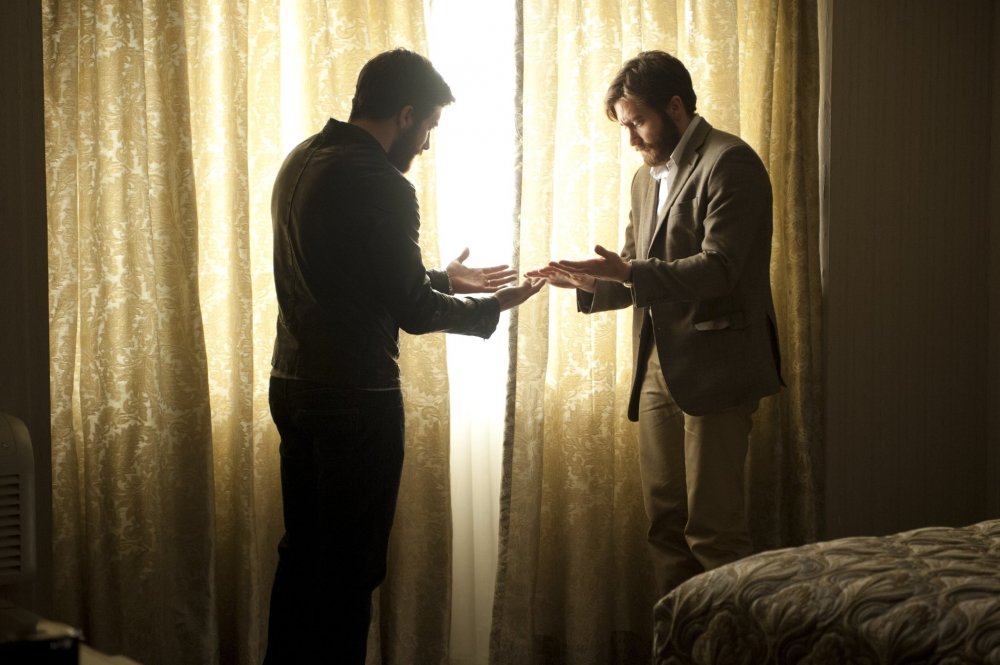
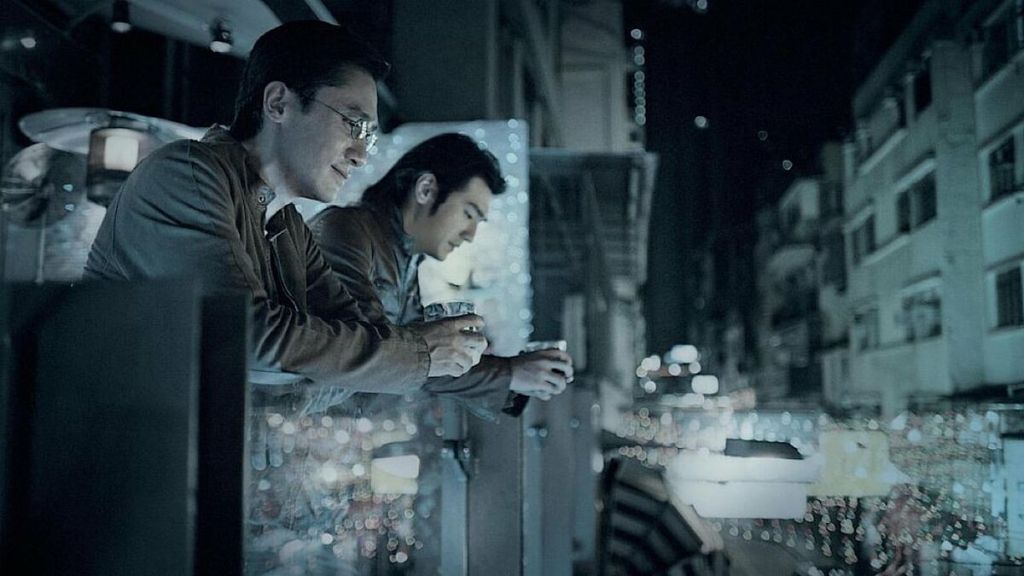
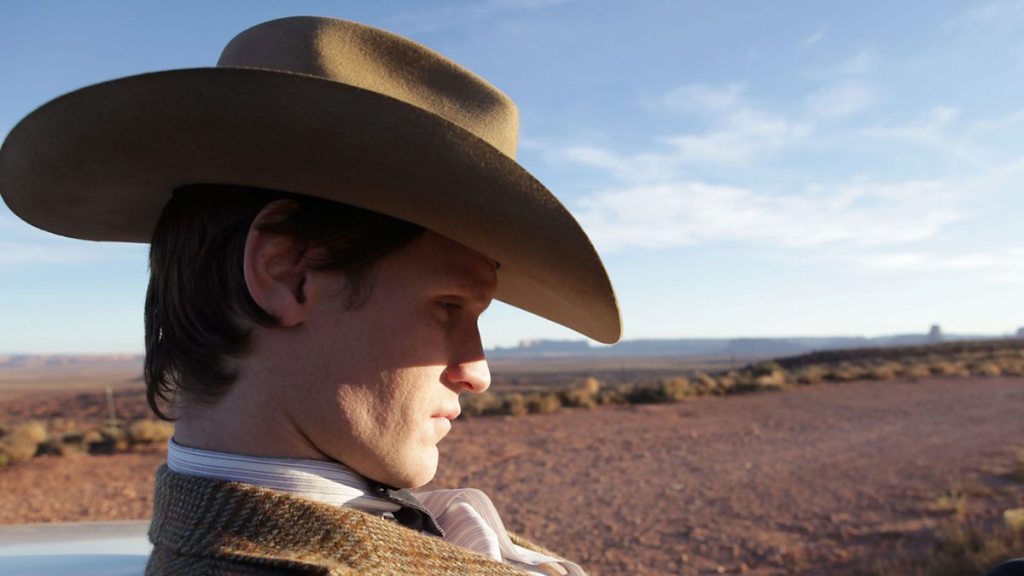
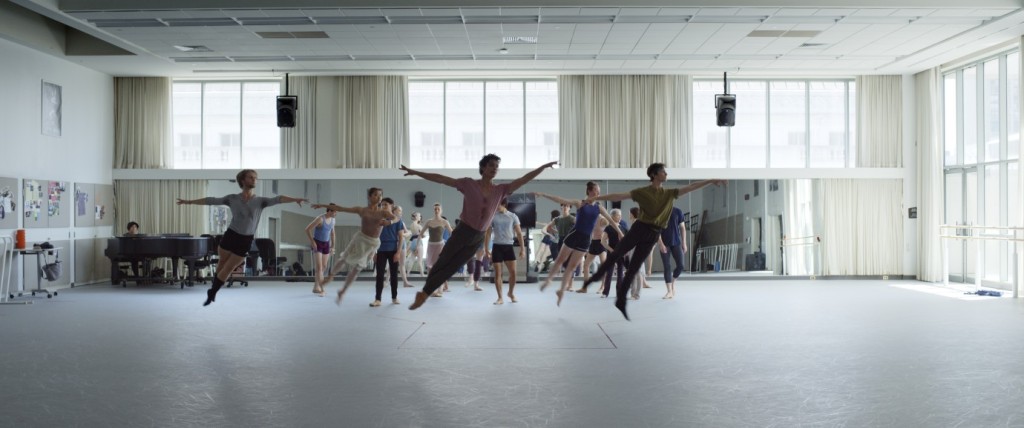
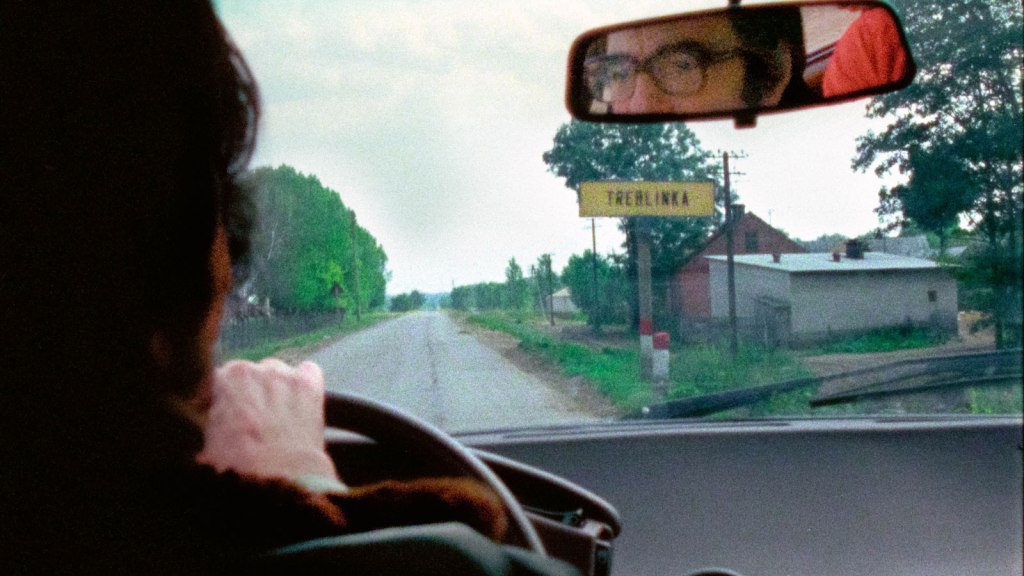
Leave a comment